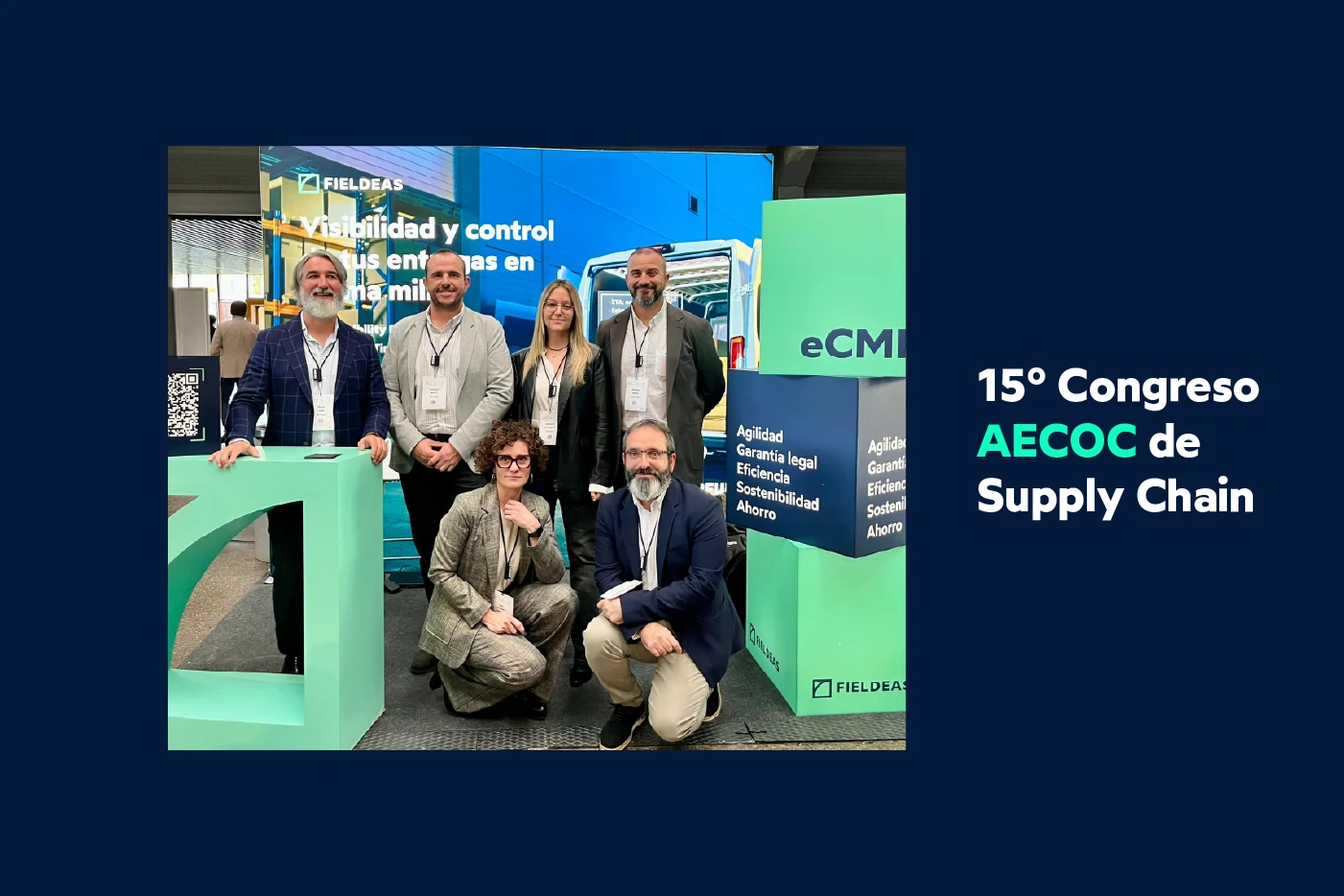5 Advantages of using Transportation Management Software


Technology brings added value to logistics services of great importance to business strategy.
In particular, taking advantage of all the data flow generated by goods in motion implies great advantages that can be shared by transport companies and their customers.
These advantages extend from the pure management of each company, to operational improvements that can result in an increase in competitiveness, precisely when the market is facing a scenario of great complexity and strong uncertainty.
Beyond the current situation, the advances that have taken place over the last two decades have made transportation management software increasingly user-friendly and modular.
This fulfills the dual function of adapting like a glove to the needs of each company and, in addition, of adjusting the investment to what is strictly necessary.
In this sense, there are five main advantages in the contribution of new technologies to transport management that we at FIELDEAS have incorporated into our FIELDEAS Track and Trace solution, so that companies can take advantage of them according to their needs and with a wide range of functionalities.
First, technology is critical in providing end-to-end supply chain visibility.
In a first approach, visibility makes it possible to monitor the status of shipments with precision and, consequently, to adopt measures to keep the chain running smoothly.
To this end, it is important to have real-time visibility, a fundamental element in the relationship with the customer, to whom it is possible to provide reliable and instantaneous information, which is essential for their own operations.
However, obtaining integral visibility of the chain also implies a further step towards more efficient management, since it allows for more advanced technological integrations, in order to take advantage of the full potential of new technologies.
Consequently, secondly, information technologies make it possible to integrate, in a fluid and easily visible manner, all the information generated by transportation, regardless of whether it is produced by the company’s own fleet or subcontracted vehicles.
In this area, it is essential to comply with delivery times and, in this sense, the provision of information helps to generate customer confidence in the arrival and unloading times of goods.
Similarly, from an operational point of view, the use of advanced software makes it possible to optimize route management and, at the same time, pay attention to key aspects of transportation, such as the exchange of semi-trailers and relays, the management of driving and resting times, as well as the accounting of waiting times for loading and unloading and precise geolocation.
Likewise, the use of new technologies makes it possible to reduce the use of paper, and even eliminate it as far as possible, with the consequent savings and an improvement in processes by avoiding errors in the use of documentation associated with the cargo, such as bills of lading or delivery notes.
Thirdly, the transport software allows for elements of greater depth than the mere visibility of the chain.
In this field, the use of new technologies makes it possible to integrate the large volume of data provided by the transport activity, through the appropriate indicators, to be able to take corrective measures, on the one hand, and, on the other, to carry out predictive work aimed at adjusting resources with greater precision and, thus, reduce costs, both in terms of personnel and equipment.
This is one of the key points for a modern and efficient transport management, since a fine-tuned integration in the customers’ information systems allows to provide them with valuable information for a more competitive logistics management.
Precisely in this field, FIELDEAS Track and Trace offers powerful integration capabilities in a simple and agile way with any business software (ERP, CRM, WMS, TMS…) or with any data source needed to perform field work (GIS, Beacons, IoT, AI, SCADA, advanced sensors).
Fourth, technology has an almost miraculous ability to adapt to any circumstance.
In addition, the progress made in the last two decades has democratized its use and reduced investments that a few years ago had to be substantial and that can now be adapted with less money and practically immediate results.
Similarly, the ease of use of transportation software promotes its modularity in order to adapt it to the needs of each company and facilitates its integration with other logistics management modules, such as warehousing, invoicing, or others.
Likewise, the rise of sensorization makes it possible to incorporate new sources of data collection to generate new management and traceability indicators, such as, for example, the maintenance of the cold chain in temperature-controlled transport, cargo safety or more efficient management of health and hygiene conditions, which is of vital importance at times like the present.
Finally, and perhaps the most important advantage that the use of software in transportation can bring, is that it places the customer at the center of all logistics processes, something that will also allow us to know the customer in greater depth and, consequently, be in a position to provide greater added value without incurring high costs.
In this sense, one of the major emerging trends in the logistics and transportation sector is collaboration, which allows moving from a relationship between customer and supplier to a relationship between partners, in which the focus is placed on generating benefits and cost savings generated in deep long-haul relationships.

07 Nov 2025
Measuring to improve: why your digital form needs KPIs
In the current business scenario, where efficiency and traceability are key to competitiveness, the digital form has become an essential resource for capturing, organizing and analyzing data in real time….

04 Nov 2025
How to integrate eCMR into your company: A step-by-step guide to digitizing transportation
We have already talked several times in this blog about the importance of starting the digital transformation of transportation with document digitalization or eCMR. On this occasion, we are going…

31 Oct 2025
How digital forms drive sustainability in industry
Digital forms have gone from being a simple operational tool to become an essential component of industrial sustainability strategies. Beyond replacing paper, its use transforms the way organizations collect, manage…

29 Oct 2025
Supply chain challenges and the key role of digitization
The 15th edition of the AECOC Supply Chain Congress brought to the table the main challenges facing the supply chain in an uncertain, volatile and highly competitive environment. Under the…